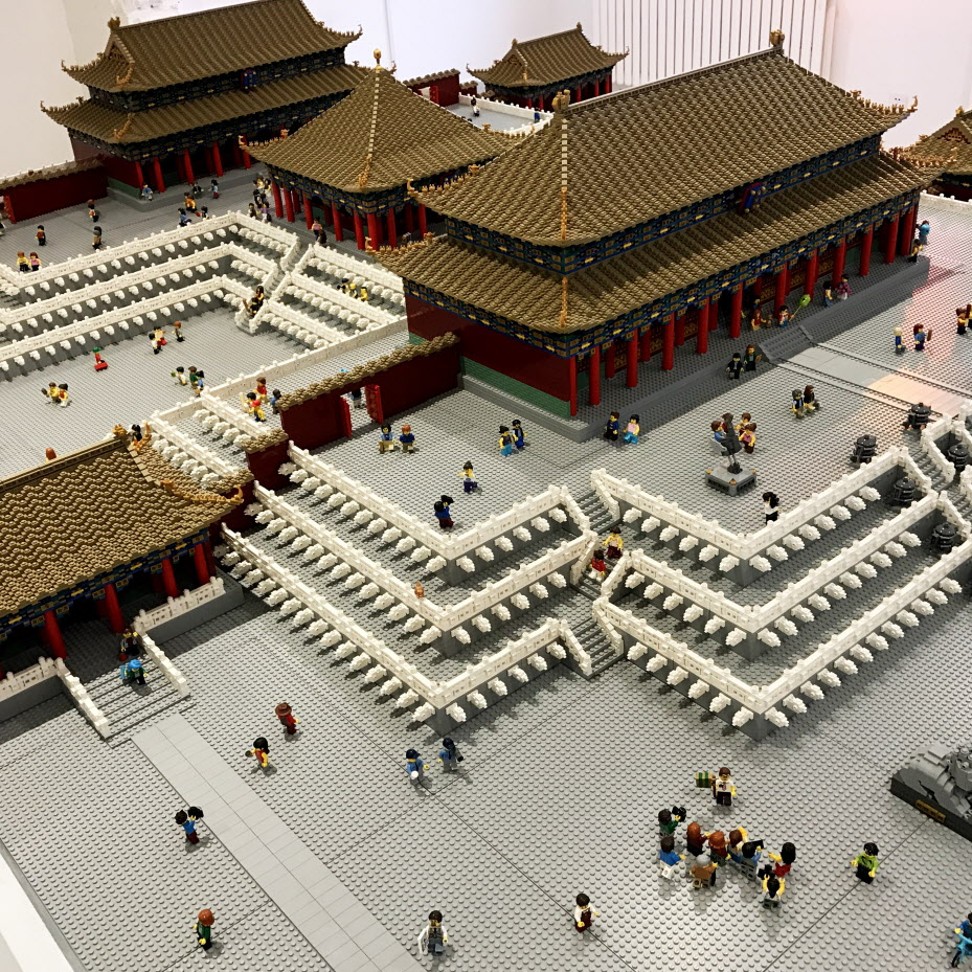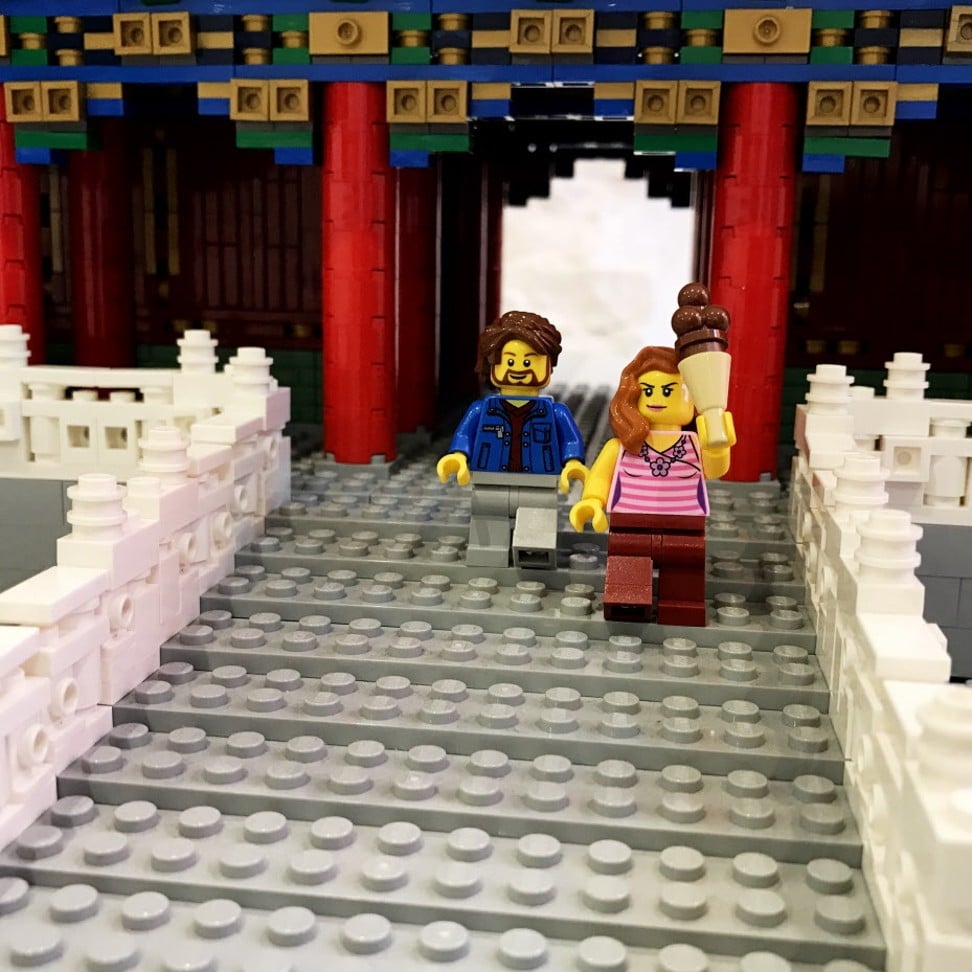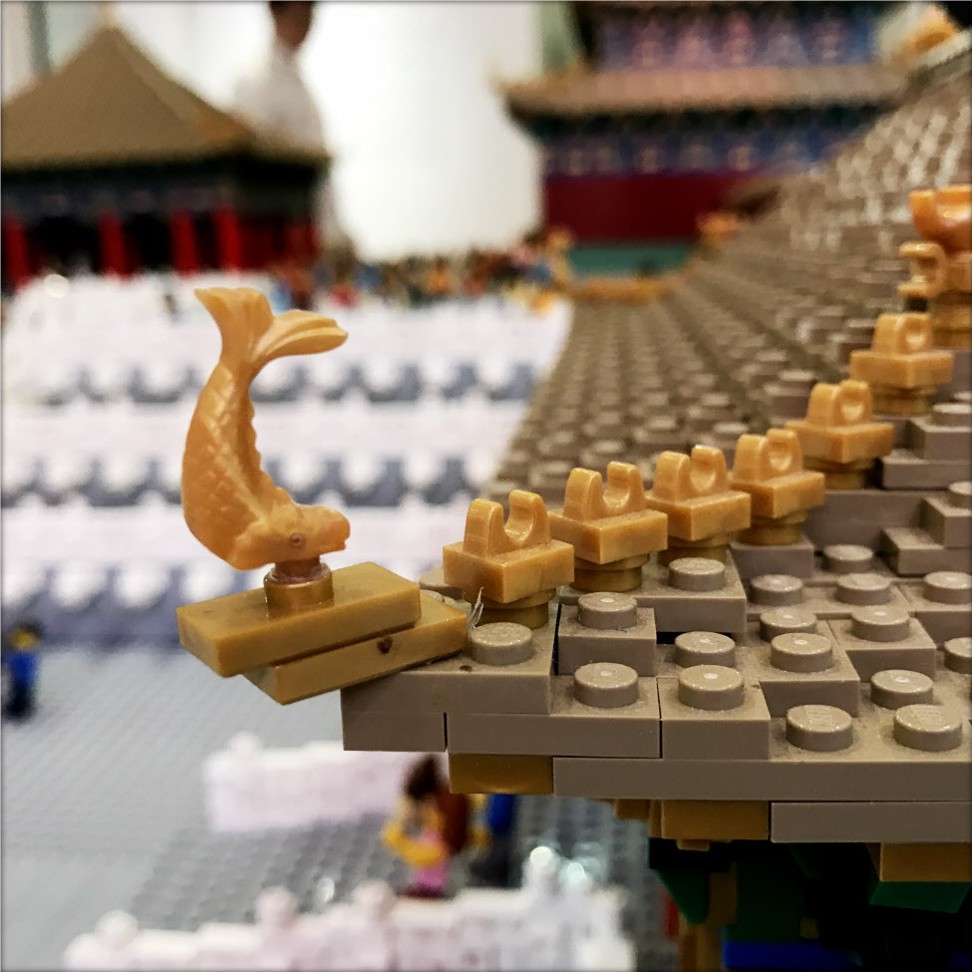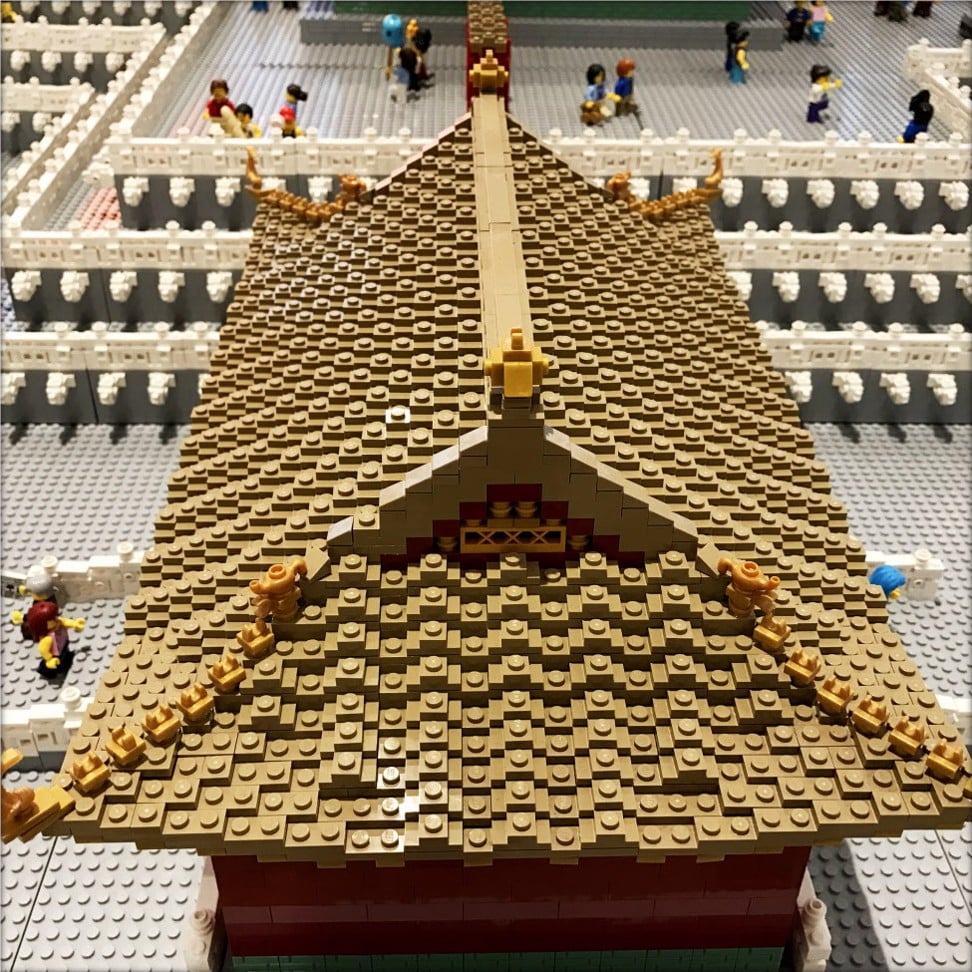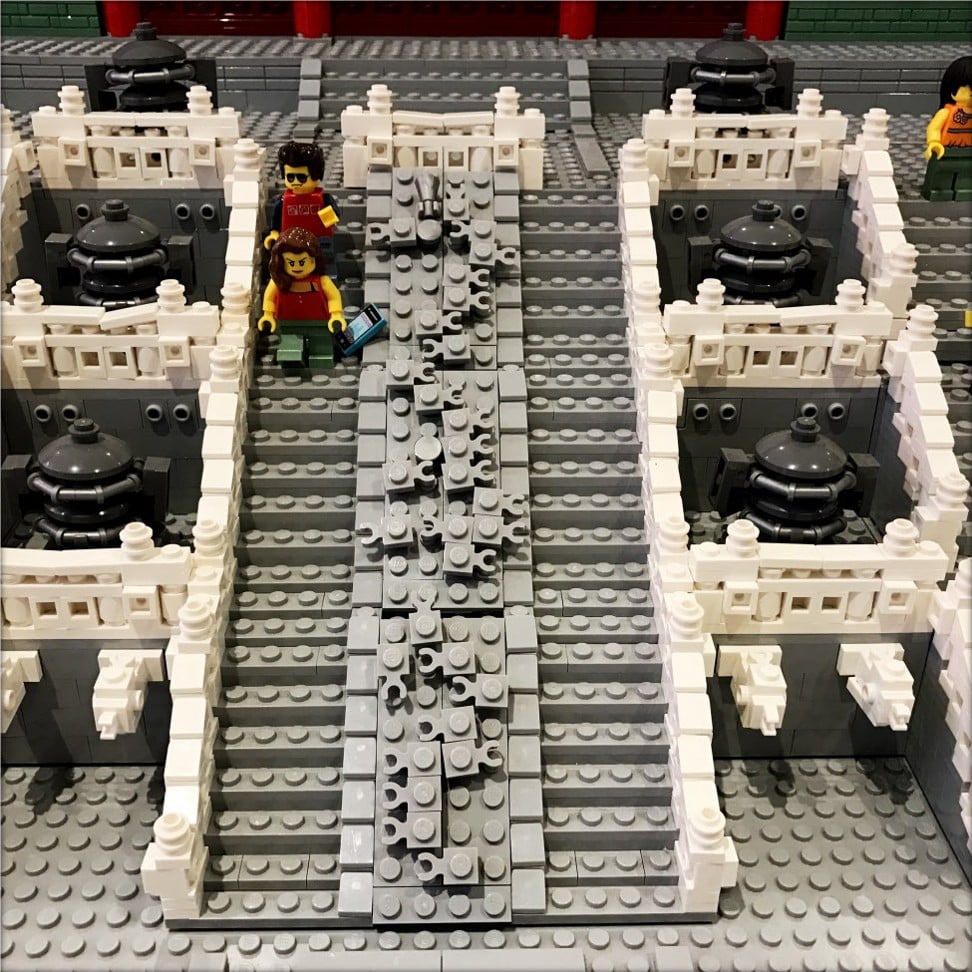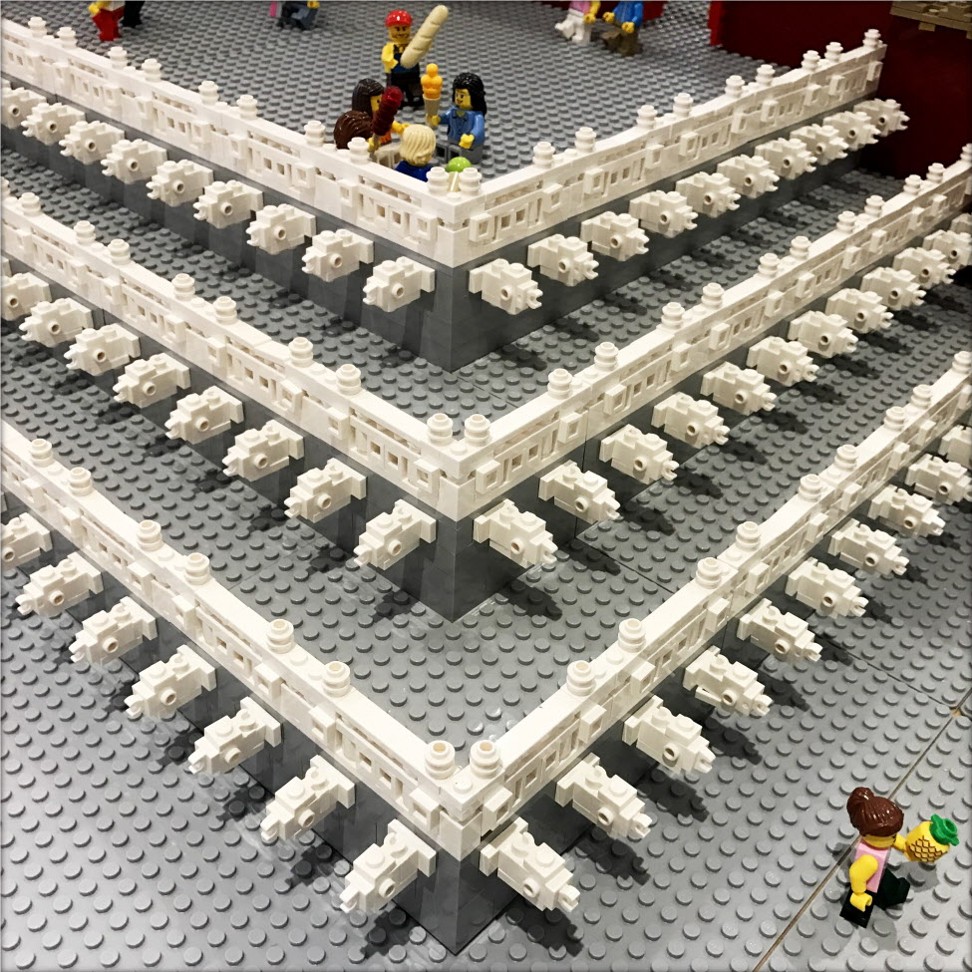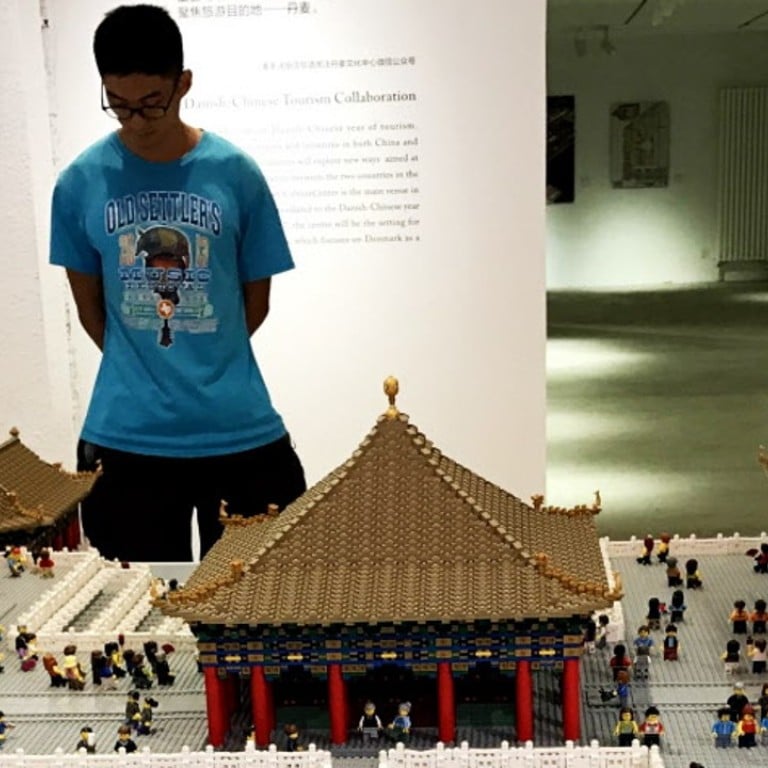
In pictures: Beijing’s Forbidden City re-made in Lego
A tribute to the Palace Museum has been built using hundreds of thousands of Lego blocks.
More than 500,000 Lego blocks were used to create this astounding model of Beijing’s Palace Museum. Also known as the Forbidden City, the Palace Museum was the imperial palace of the Ming and Qing dynasties.
The Lego model is part of an exhibition A Modern Royal Household and was made by Andy Hung, one of the world’s best LEGO Certified Professionals, with over 500,000 pieces of LEGO.
The Forbidden City is the former imperial palace of the Ming and Qing dynasties located in the centre of Beijing. With its vast area it is the largest palace complex in the world. Its construction began in 1406 on accord of the Yongle Emperor when he moved the capital from Nanjing to Beijing.
The Forbidden City is the former imperial palace of the Ming and Qing dynasties located in the centre of Beijing. With its vast area it is the largest palace complex in the world. Its construction began in 1406 on accord of the Yongle Emperor when he moved the capital from Nanjing to Beijing.
With its vast area it is the largest palace complex in the world. Its construction began in 1406 on accord of the Yongle Emperor when he moved the capital from Nanjing to Beijing.
Property manager turned photographer recreates Hong Kong night scene in Lego form
The architecture strictly follows the ancient Zhou Dynasty texts in The Artificer’s Record on imperial city construction. As such it reflects traditional Chinese feudal society as well as traditional style and method which results in a harmonious structure.
The exhibition runs from September 24 to October 29 at the Danish Cultural Centre in Beijing.


